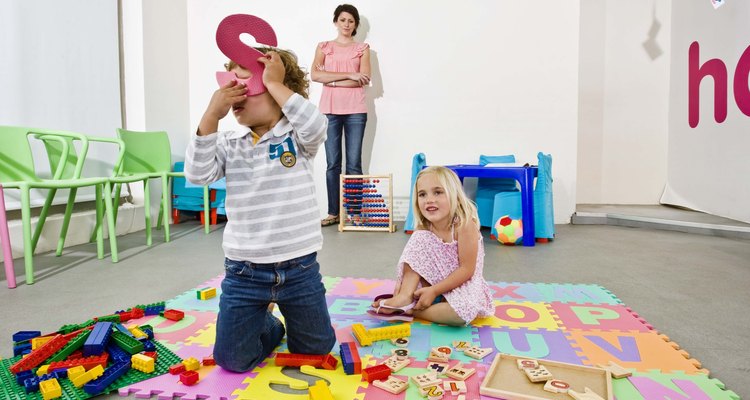
Each day, children are sent to day cares, where the parents entrust the workers to care for and nurture their children. When choosing a day care, parents want to know that safety and hazards issues are fully checked off so that the well-being of their children is ensured.
Supervision
One common safety issue parents investigate is the supervision policies and procedures instituted at the day care center. One issue considered is the ratio of workers to children. According to Parents Online Magazine, the ratio for children to staff for infants should be 3:1 for 2-year olds, and for 3-year olds, 7:1. Without proper supervision, children may become hurt or injured by climbing on things or allowing things to fall on them. Proper supervision ensures that children will be watched over at all times to the best of the center's abilities. However, accidents do happen. Because of this, the workers in a day care center should be certified in CPR and first aid.
Environment
The environment of a daycare center often poses hazards to the safety of the children. Toys and playground equipment used by children should be in proper working order. There should be no loose, broken or rusty pieces of any kind. The center should be free of toxins, such as lead paint or insecticides. The rooms the children are in should be clean and free from clutter or stacking hazards. All plumbing and electrical components in the building should be child friendly and offer no safety hazards to the children or workers.
Sanitation
Day cares are often where germs are spread, and therefore all necessary precautions to prevent this should be taken. This includes the proper washing of hands of workers and children after using the bathroom or handling food. The center should also have a policy for sick children including rules about children with fevers. Toys and equipment should be regularly cleaned and sanitized as well.
Other Hazards
Other hazards day cares should avoid include the use of cribs that are not safe for infants as well as other objects that contain splinters or sharp corners. All cleaning substances should be kept away from children. The center should have properly working smoke alarms and fire extinguishers, and must have an emergency evacuation plan.
Related Articles
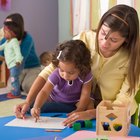
Rules for Employees That Work at a ...

Church Nursery Requirements
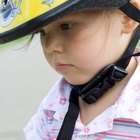
Health & Safety Policy for Child Care ...
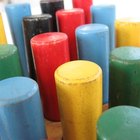
Preschool Teacher Requirements in ...
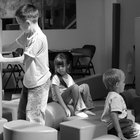
Indiana Child Daycare Laws
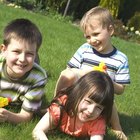
How to Open a Daycare Center in ...
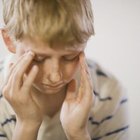
Three Warning Signs of Neglect
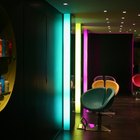
New Salon Design Regulations in ...

What Are the Dangers of Tantalum?
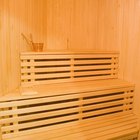
Sauna Cleaning Requirements
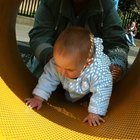
State of Ohio Home Based Child Care ...

Technology Used in Day Care Centers

Description of a Child Care Center

How to Obtain a Child Care License in ...

Items to Discuss at a Safety Meeting

How to Clean Salon Equipment

How to Become a Foster Parent in ...

Dangers of Spray on Tan
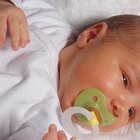
Church Nursery Checklist

Jobs That Have Free Child Care
References
Resources
Writer Bio
Jennifer VanBaren started her professional online writing career in 2010. She taught college-level accounting, math and business classes for five years. Her writing highlights include publishing articles about music, business, gardening and home organization. She holds a Bachelor of Science in accounting and finance from St. Joseph's College in Rensselaer, Ind.
Photo Credits
Jupiterimages/Goodshoot/Getty Images